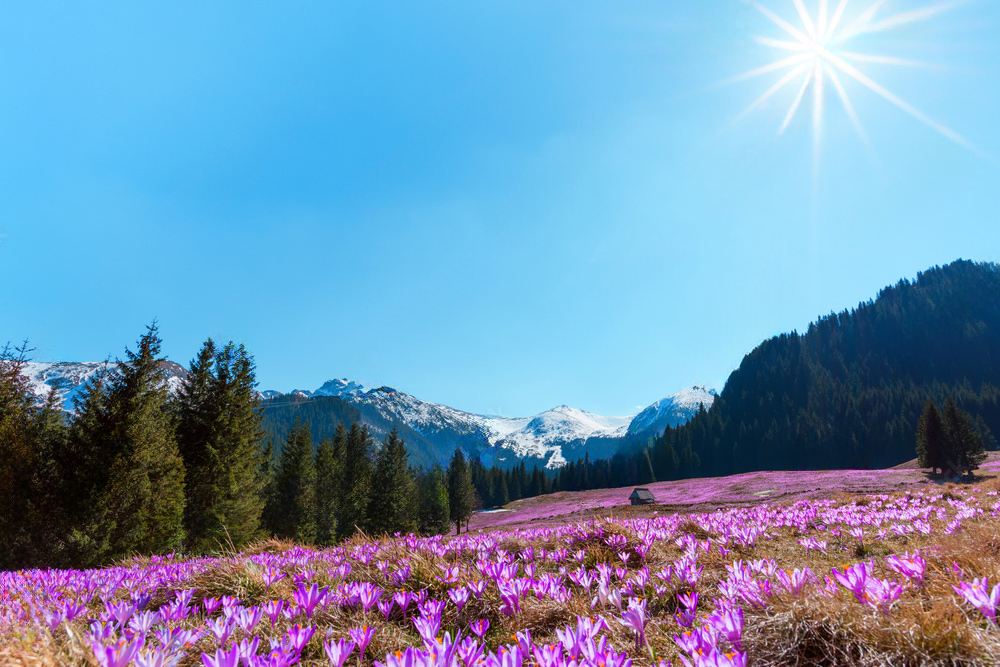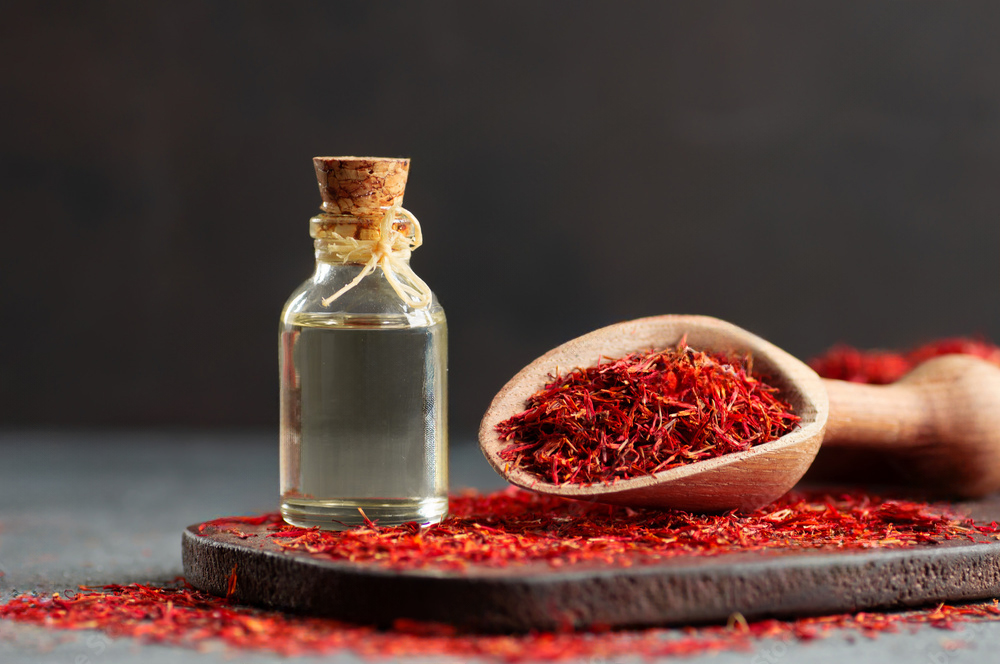
Ideal Climate and Soil for Saffron Cultivation
Saffron is a robust plant but requires specific conditions to thrive. One of the most important factors is the climate: this spice prefers a temperate environment, characterized by hot, dry summers and cold winters, but not excessively harsh ones. For example, it can withstand temperatures as low as -10°C, as long as the soil is well-drained and the bulbs are not exposed to waterlogging. On the other hand, hot summers are essential to encourage the plant’s dormant phase, which is necessary for abundant flowering.
Regarding rainfall, saffron prefers a dry climate, where water mainly arrives in autumn and spring. Excessive rain or persistent humidity can cause problems, such as fungal diseases. Sunlight is also crucial: well-exposed soils, ideally on south or southwest-facing slopes, provide the perfect environment for the plant’s growth.
The soil must also be chosen carefully. Saffron thrives in light, well-drained soils, possibly sandy or sandy-loam, that do not retain excess water. The soil pH should be neutral or slightly alkaline, between 6 and 8. Before planting, it is essential to prepare the soil well: deep tilling to remove weed roots and improve aeration is a fundamental step, as is enriching the soil with compost or well-decomposed manure. These precautions ensure the bulbs have a nutrient-rich environment to develop optimally.

The Stages of Saffron Cultivation
Saffron cultivation is a process that requires patience and precision, but each stage is fascinating. It begins with soil preparation, which is perhaps one of the most critical moments. The soil is thoroughly worked to ensure good drainage, and organic matter is added to enrich it. After this phase, the selection of the bulbs comes next: it is important to choose healthy, large bulbs, at least 2.5-3 cm in diameter, as these will determine the quality and quantity of the harvest.
The bulbs are planted in the summer, typically between July and September, at a depth of about 10-15 cm. The spacing between the bulbs and the rows must be respected to prevent the plants from competing with each other for water and nutrients. Once planted, nature begins to do its work. However, proper irrigation management is essential: a first irrigation is done to stimulate germination, but after that, it is necessary to be frugal, as saffron tolerates drought well and suffers from waterlogging.
The flowering is a magical moment that occurs in autumn, usually between October and November. This is a task that requires precision and speed: the flowers are harvested early in the morning, when they are fresh and the stigmas are at their highest quality. Each flower is handpicked with great care, as the stigmas, which are the heart of saffron, are very delicate.
Production and Drying
Once harvested, the stigmas are separated from the flowers and immediately undergo drying. This step is crucial, as it determines the color, aroma, and quality of the saffron. Drying can be done in various ways: traditionally, the sun is used, but today, low-temperature ovens are often employed to provide better control and preserve the spice’s characteristics. During the drying process, the stigmas lose a significant portion of their weight, up to 80%. This means that to obtain 1 kg of dried saffron, approximately 150,000 flowers are needed. Once dried, saffron is classified based on the purity and length of the stigmas. The best varieties are characterized by a deep red color and a very strong aroma.
Saffron Storage
Storage is the final step, but no less important. To maintain the organoleptic properties of saffron, it is essential to store it in airtight containers, preferably made of glass or stainless steel. These containers should be kept in a cool, dry place, away from light, as heat, moisture, and light can compromise the product. When stored properly, saffron can maintain its quality for 2-3 years. The packaging, often in small formats of 1-5 grams, is not only convenient for the market but also helps preserve the product more effectively.


